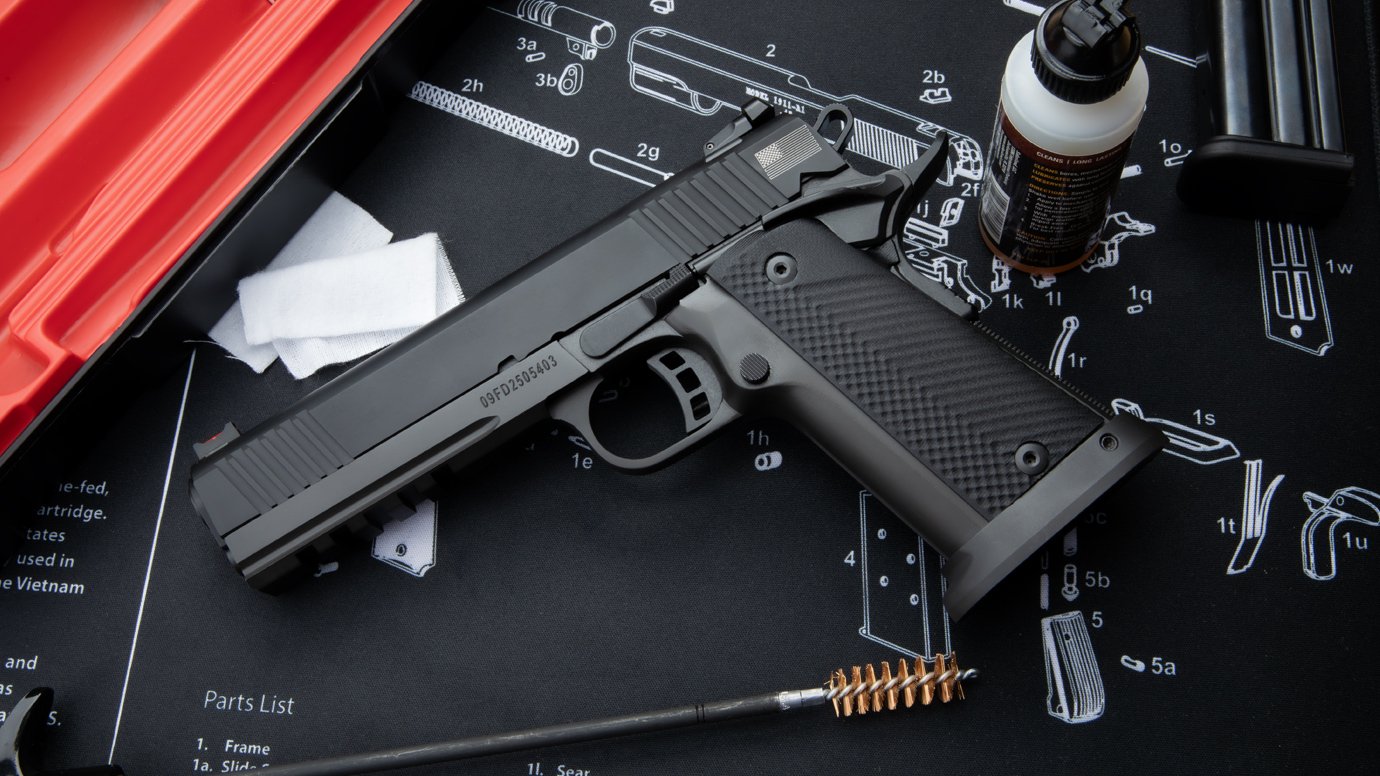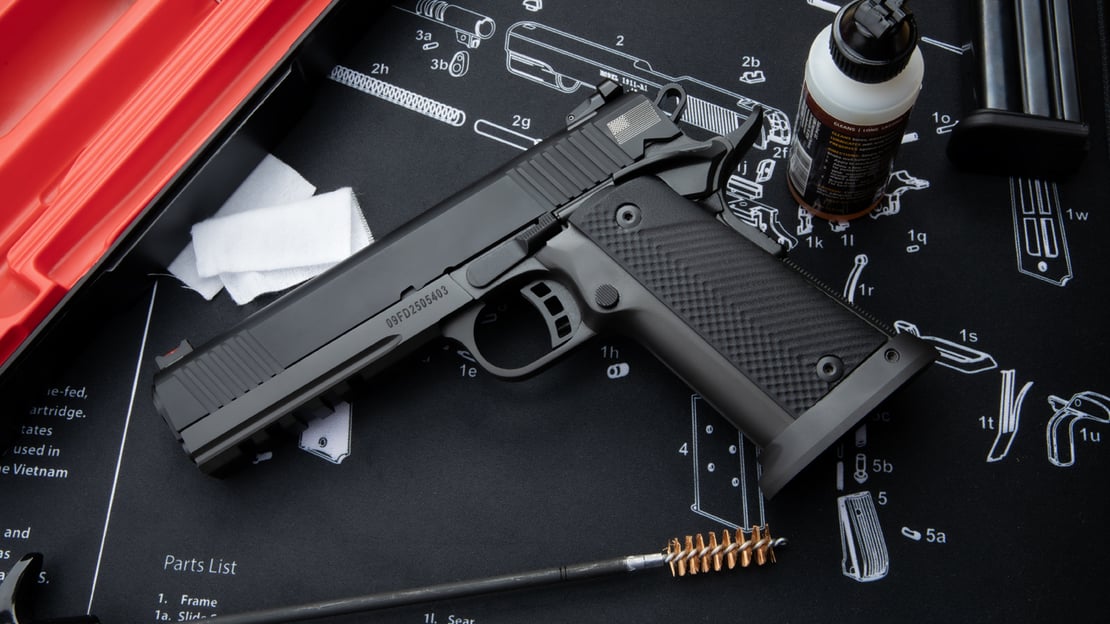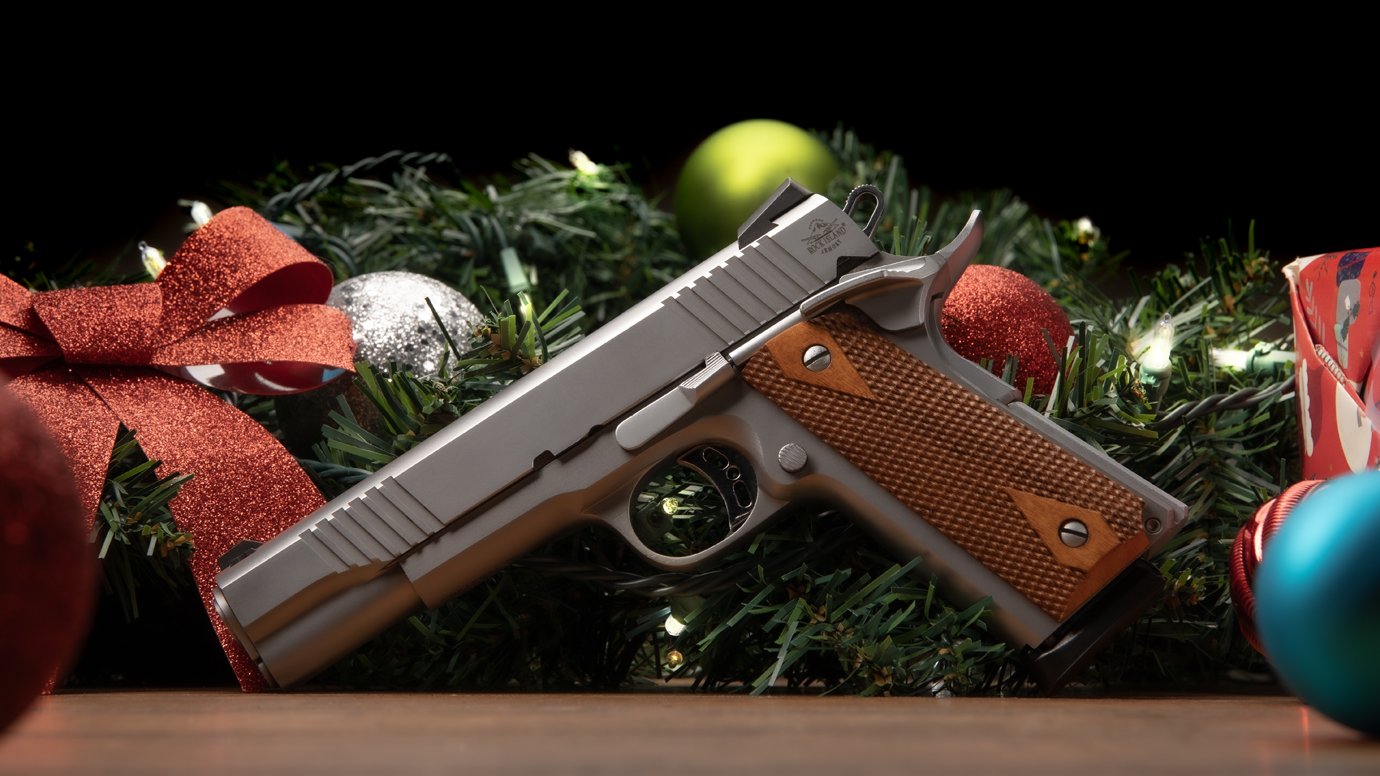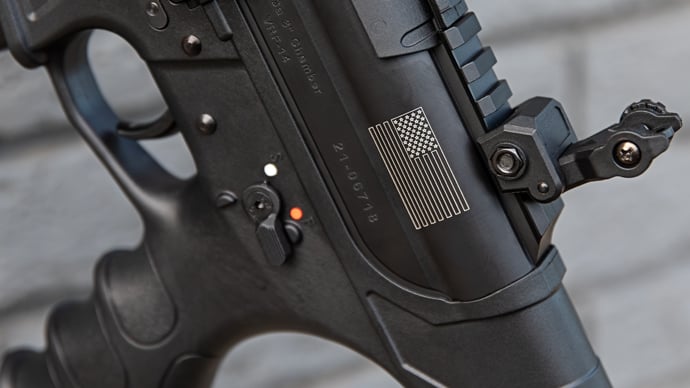Indoor Range Training Tips - Rock Island Armory
Posted by John McClain on Jul 19, 2023 6 Minute Read
Tips for Indoor Range Shooting and Target Practice
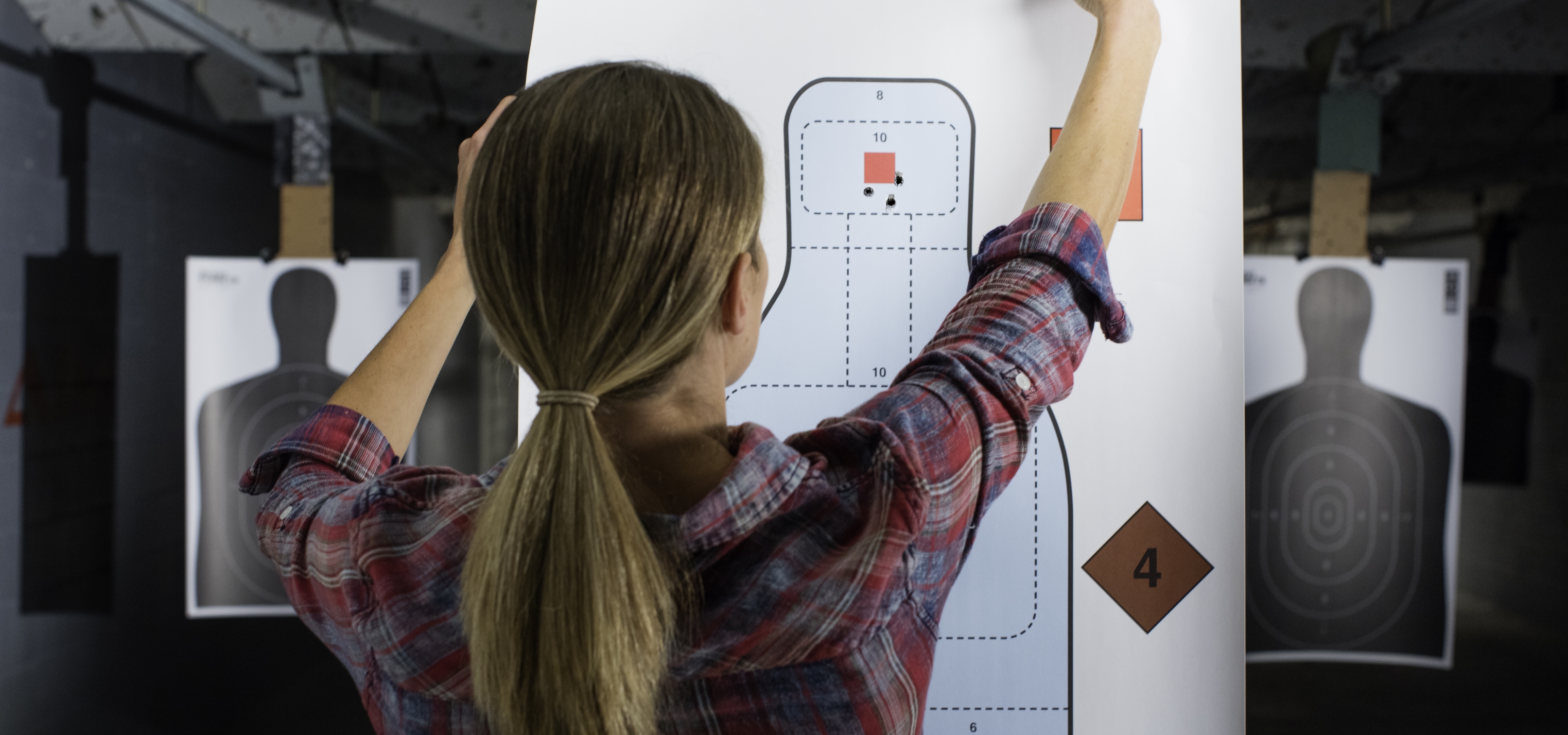
The indoor range is the most common area to train in because there are many options when it comes to what kind of training you might want to do. Depending on where you live, however, may mean that your only option is to train at an indoor range. While it will limit specific drills, it doesn't mean that training at an indoor range is useless. Let's go over some of our favorite drills to perform at an indoor range.
Improving Your Quick Draw
The first thing that most indoor ranges will allow you to do is to draw from the holster. This might seem like a very simple and basic skill set to focus on, but it is still something that you should practice and get as quickly and efficiently as possible. Anytime you can draw your firearm from your holster whether it be and outside the waistband or from concealment, is not going to be considered a bad training day. Practicing your draw can massively improve a few areas:
- Muscle Memory – Practice quick drawing enough and, eventually, it will become second nature to you.
- Sight Alignment – Like muscle memory, you’ll get quick about aligning your sight with your target so you can be as accurate as you are fast.
- Draw Points – Weak spots in your draw will quickly become apparent to you when practicing. Once you’ve been at it for a while, you’ll notice these points and be able to iron them out.
Working on your reloads
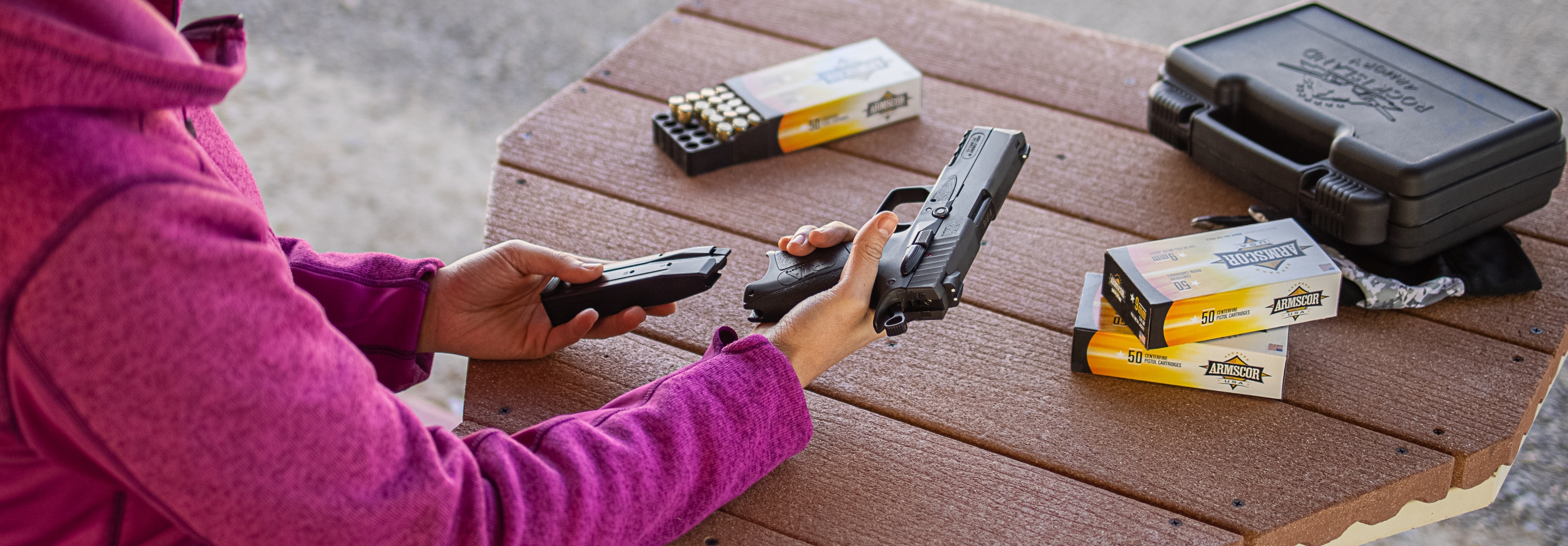
The next thing we can focus on is reloads. Now the nature of being in a stall means that you really have to focus on keeping the muzzle of your firearm straight down range which - in my mind, is positive. It helps overemphasize safety and refrains you from creating excess movement by over-rotating the gun off the target to perform the reload to then have to rotate the gun back onto the target to fire your next shot. Reloads can be practiced with two-shot-reload two-shot drills, Mozambique drills, 1-2-3-4-5 drills and any other drill you practice in a static environment. By adding reloads, you can make any drill more dynamic without requiring physical movement outside of the stall.
Handling Your Gun Pickups
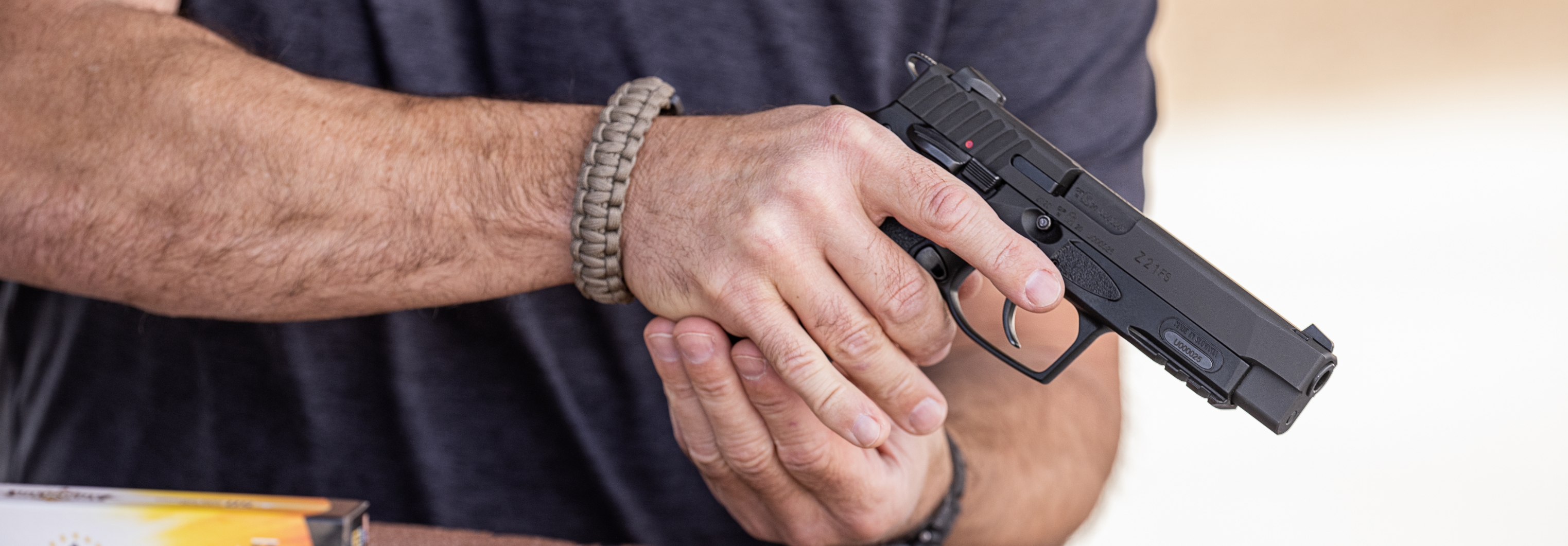
Another thing you can practice is unloaded start pickups off tables. While this might not have much of a self-defense mindset to it, it’s a very common start position in the competition world that should be practiced. Thankfully, most indoor ranges have some type of platform or shelf on which you can place your firearm and magazine to practice. You can also practice performing reloads by picking your mags up off the same platform or shelf to add another dynamic to this type of training. You can also add yet another dynamic by starting with your back to the table. This means on the start signal you would have to turn locate your pistol and magazine and then load it before beginning your firing sequence.
Practicing Your Accuracy
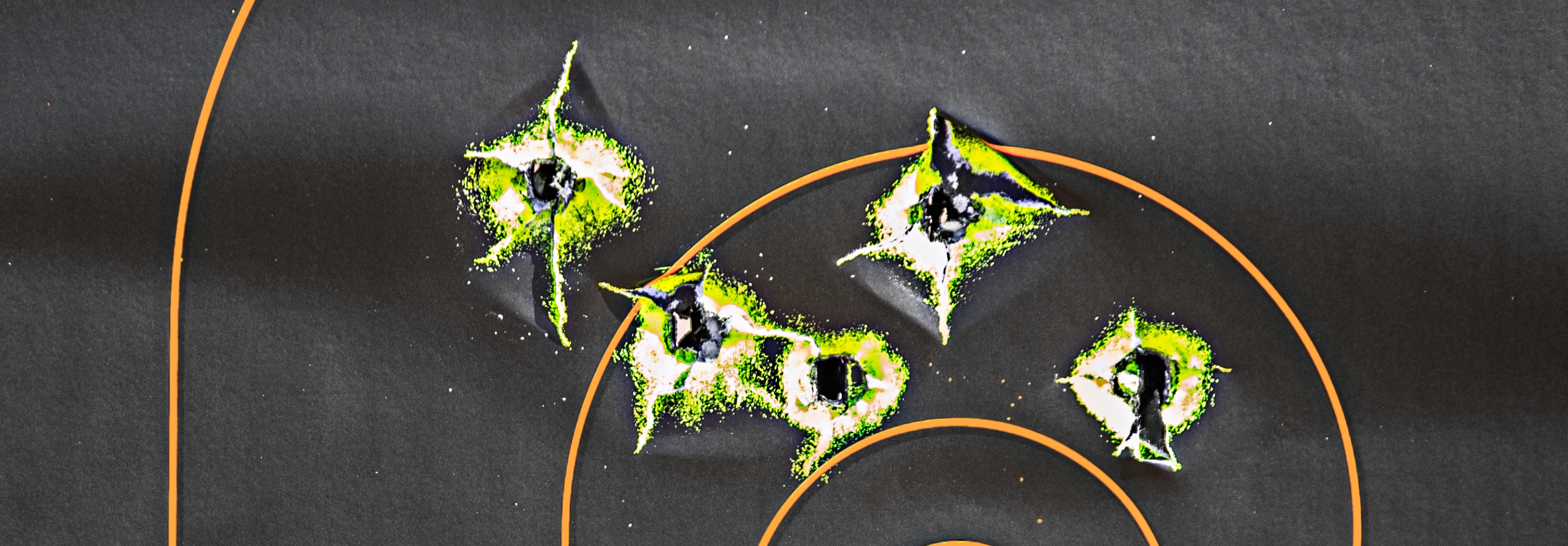
Putting the target back as far as possible and forcing yourself to score the best hits possible with the help of a shot timer can really help you become a better shooter. This can also be a very frustrating drill to practice because of how your mistakes will have exponentially disastrous results due to the distance that the target is set at. If this proves difficult, you can also try an opposite approach. Start with the target up close, move it back five feet between each set and repeat until failure.
What's important to remember is if you throw a miss on a target but you don't know where you missed it, means that you did not watch your sights when you pulled the trigger and therefore cannot confirm where that shot went. It's one thing to shoot a miss and know that you missed to the left because of insert excuse here, but it's entirely different when you fired a round at a target and cannot confirm at all where that bullet went.
Refinement at the Range
While training at an indoor range can seem stale due to the inability to add a lot of dynamic training through multiple target engagements and movement, that doesn't mean that you can't grow as a shooter with the limitations that an indoor range provides. In fact, practicing your shooting at an indoor range allows you to master the fundamentals of quick, accurate shooting. This is crucial in a shooter's development as including movement and multiple targets add complexity, and, if a shooter's fundamentals are off, the additional complexity will provide subpar results. Make the best out of every outing, every trigger pull and every round fired and you will not be disappointed in yourself in the end.

